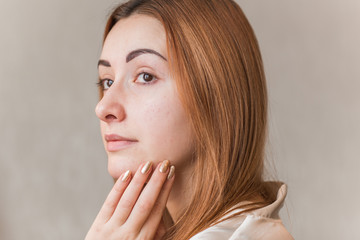Cryotherapy Aftercare
What is liquid nitrogen?
Liquid nitrogen is a cold, liquid gas with a temperature of -321 degrees F below zero. This is used in a technique called cryotherapy to treat superficial precancers called actinic keratoses and is also used to treat warts and other superficial skin growths.
What happens to you when you are treated with liquid nitrogen?
When applied, liquid nitrogen causes some pain and stinging which usually lasts between 5 and 15 minutes. After treatment, your skin will become swollen and may blister. Then a crust or scab may form. The scab will fall off by itself in several weeks. If extensive freezing is required, there may be considerable swelling and blistering and occasionally a permanent scar will result. A blood blister may form, especially on the hands or feet; this is no cause for concern.
Is there any special care for the spots?
There is no special care required for the treated areas. Allow your body to heal the spots over the next several weeks. Do not pick off the scabs as they form as this can slow down healing and may lead to scarring. You may wash your skin and use any make-up or cosmetics as usual. If the spot is painful and rubbing on clothing, covering the spot with a band aid will help. Pain can be treated with Tylenol, but this is seldom needed.
Will a single treatment be enough to remove the growth?
Sometimes the initial treatment will lead to resolution of the problem, but at times a second treatment is needed. Your doctor has either scheduled a return visit for you for possible additional treatments or has informed you that if the spots do not resolve or get worse you should call for another appointment.
Are there reasons to call the physician’s office?
If extreme blistering occurs, if the pain is severe and persistent, if the wound appears infected (redness, pus, drainage) or if you have other concerns please contact our clinic.




